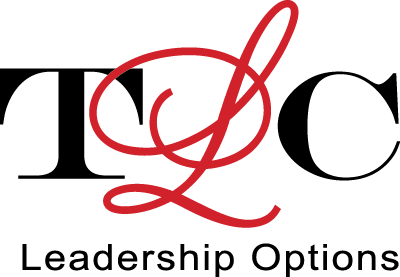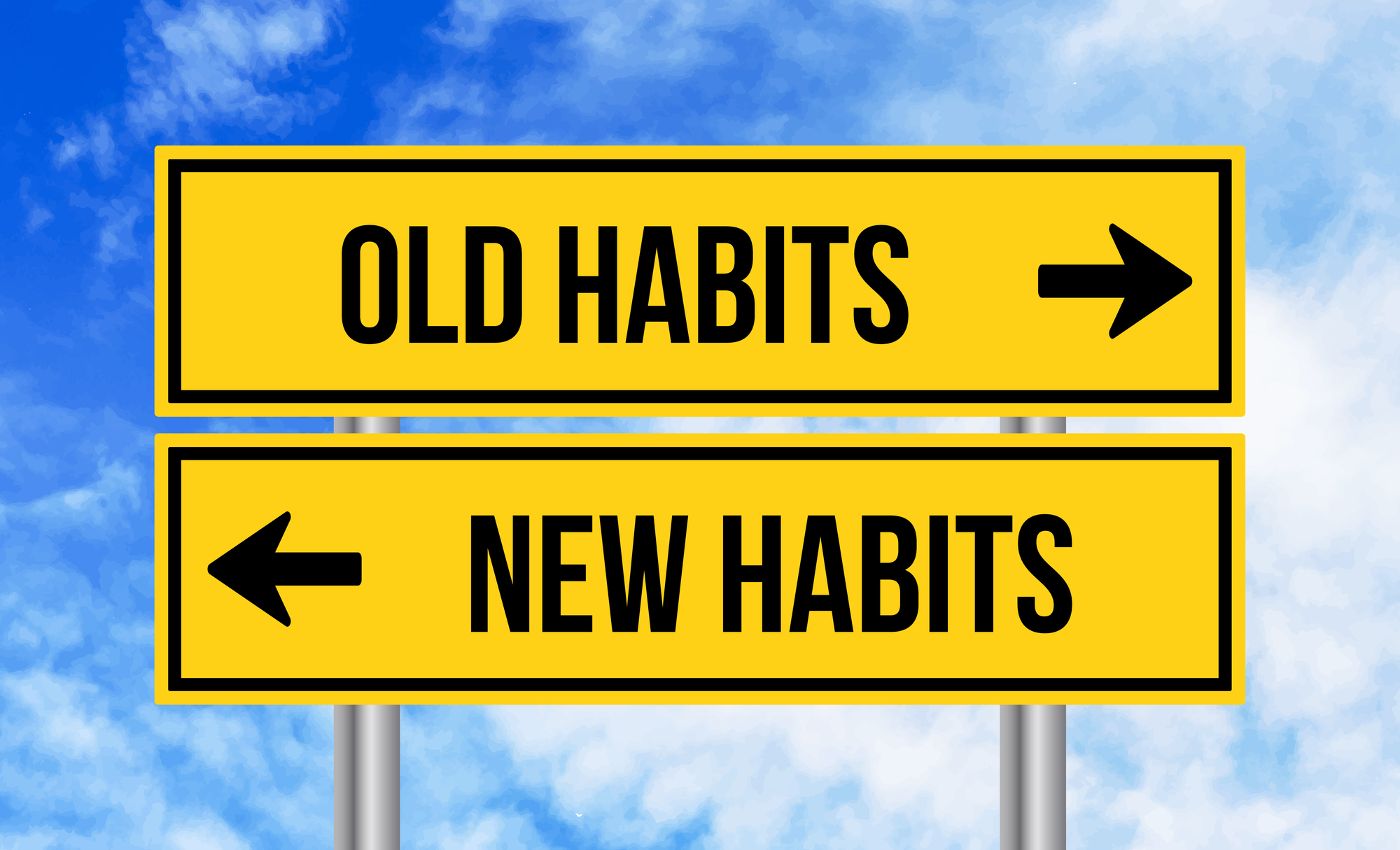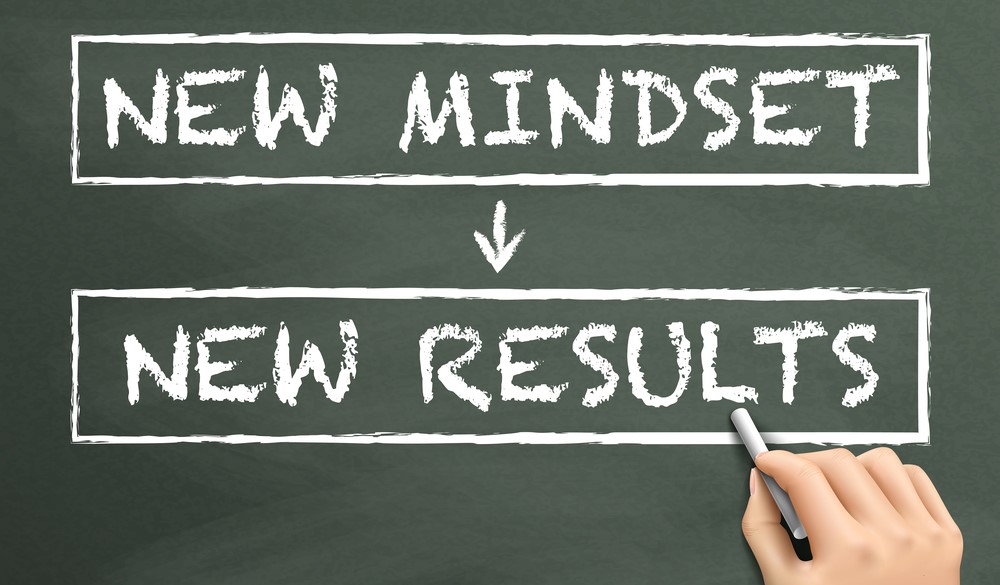Doug was a senior leader in the corporate information management and technology function of a multi-billion-dollar global company. Executive coaching was initiated as part of an executive leadership development program. Feedback reflected in the current 360° interviews reiterated what he had heard previously, and this was considered a “last chance” to work on some of his challenging behaviors.
While Doug was intellectually brilliant, driven, confident and successful in getting results, he was also considered abrasive, argumentative and commanding in style. He dominated conversations, with little listening. There were complaints from colleagues as well as his employees, some of whom were reluctant to engage him in conversation. Due to these behaviors, everyone found it was very difficult to collaborate with Doug.
We reviewed the feedback and assessment information in our first session, as I worked to build his trust in both my competence and my trustworthiness as a coach. Coaching would not be successful if he was not willing to trust or open up to me. Fortunately, he agreed to keep an open mind about the process. We discussed the overall objective of coaching:
To become a better collaborator by improving social awareness and relationship management skills.
Next, we identified specific activities for softening his verbal style such as empathetic listening, avoiding dismissive reactions and impatience, and recognizing the positives in others’ ideas. We also discussed managing body language and tone of voice, as well as how to shift your attention from yourself to others and their needs.
Doug diligently practiced the new behaviors and worked with a trusted colleague who could observe him and give him feedback on his efforts. The positive impact on those who worked with him was almost immediate, which then reinforced his desire to continue practicing the new behaviors.
Doug later reported that “You see more when you observe, you learn more when you listen. And, the side effect of others feeling heard is that they are willing to collaborate.” Within 2 years Doug was promoted to Chief Information Officer for the entire corporation.
Interested in Leadership Development Services? TLC Leadership Options offers assessment and coaching for individuals and groups. Click here for more information.
Tracey Cantarutti, PhD, is the founder of TLC Leadership Options, Inc., an Executive Coaching and Leadership Development Consultancy. She can be reached at TLC@TLCLeadershipOptions.com.





